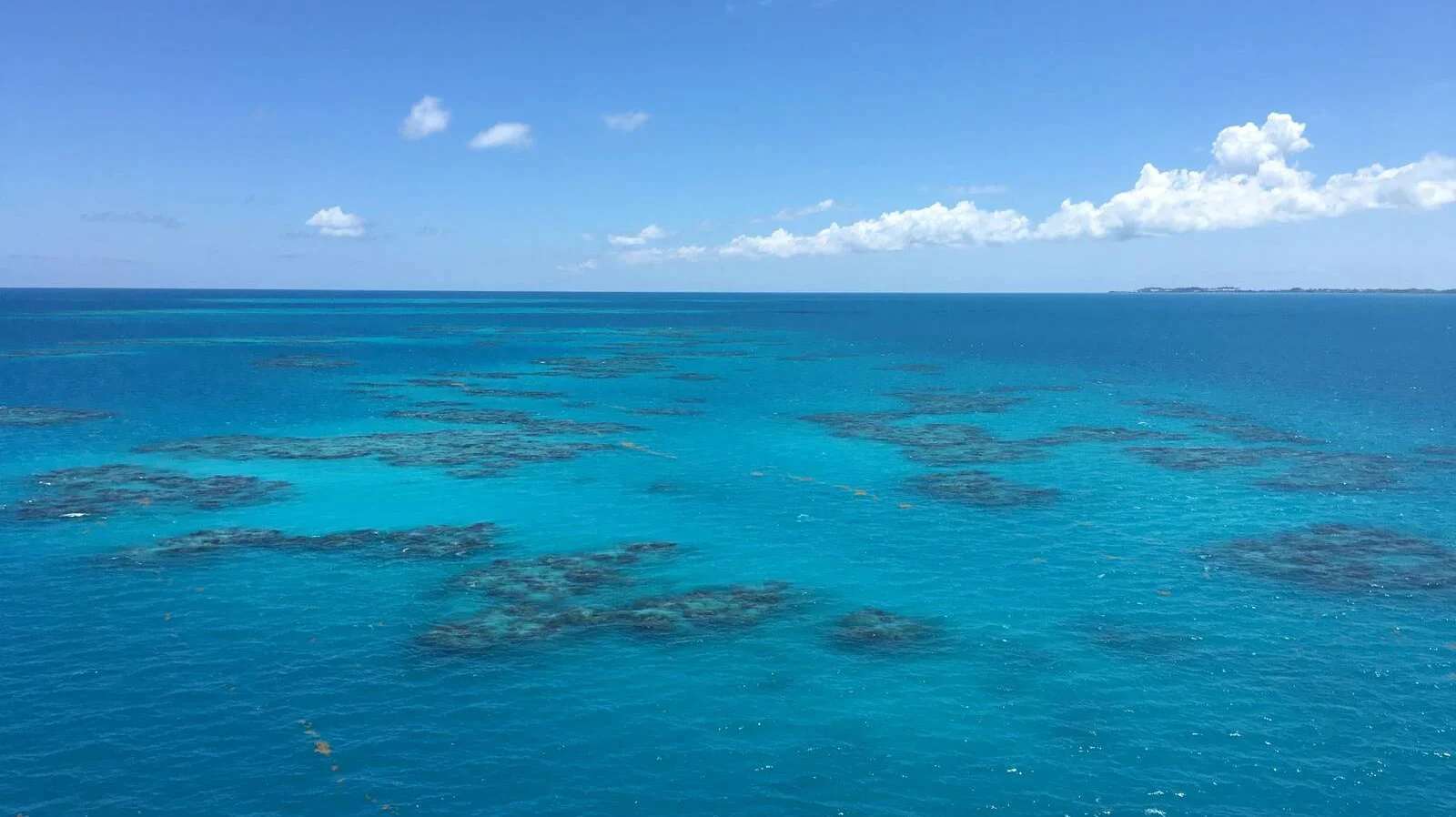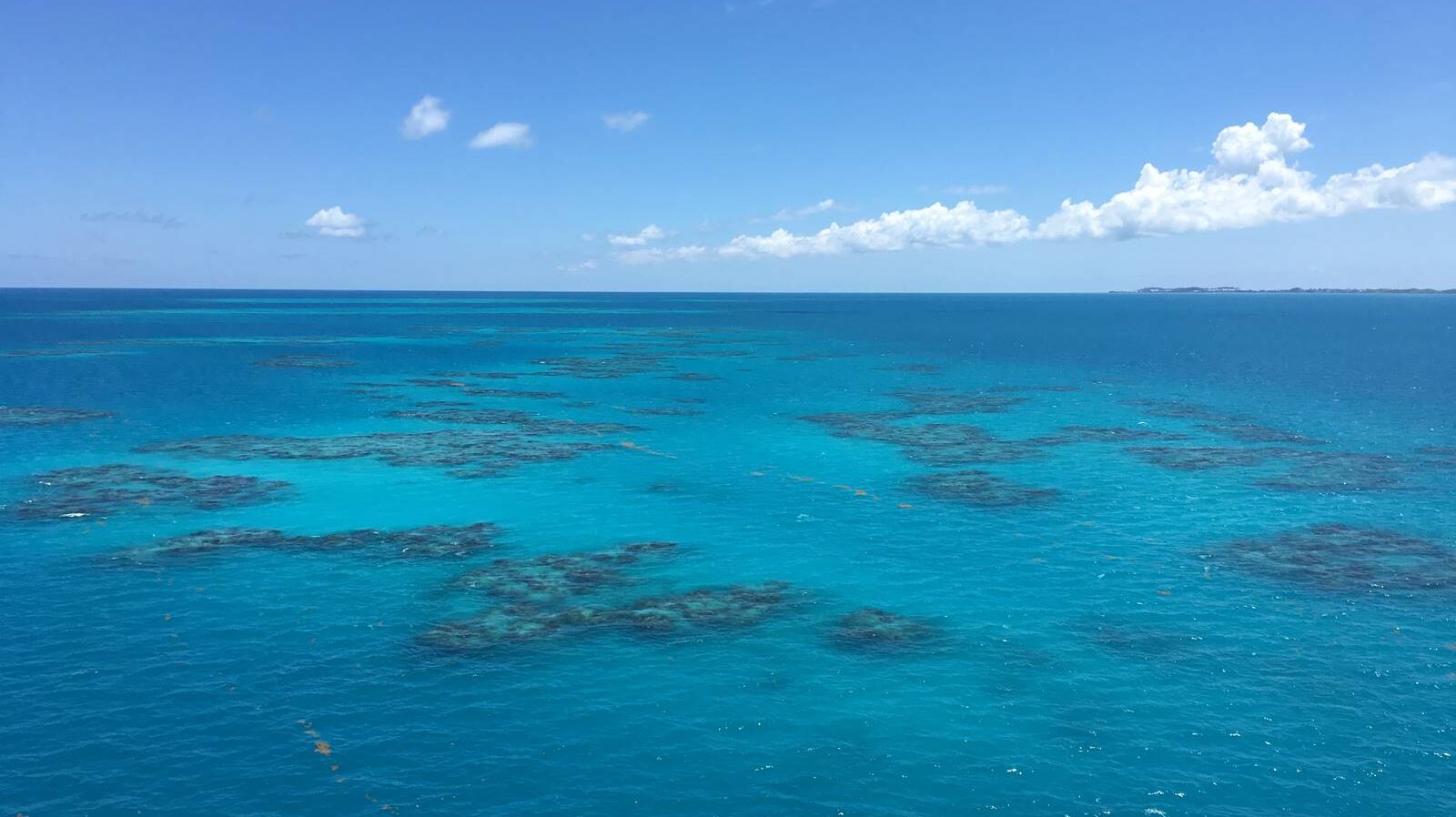Radioactive Time Bomb in the Atlantic: Hundreds of Thousands of Nuclear Waste Barrels Lost at Sea!
Imagine this: hundreds of thousands of barrels filled with nuclear waste were dumped into the northeast Atlantic between the 1950s and 1980s, and we still don’t know exactly where they are! Yes, you read that right. Europe simply tossed its radioactive poisons into the ocean, treating it as the cheapest and easiest solution. Although ocean dumping of nuclear waste was banned in 1994, it’s estimated that at least 1,800 barrels were dumped in this part of the Atlantic alone, at depths of 3,000 to 5,000 meters.
Where are these barrels and what’s going on?
An international team of 21 researchers aboard the ship L’Atalante is sailing the area west of La Rochelle, France, where half of this nuclear waste is believed to have ended up. The NODSSUM project (Nuclear Ocean Dump Site Survey and Monitoring) aims to map all locations where barrels have been found. But the problem is that data on exact locations, barrel conditions, and waste types are often incomplete or hard to access.
What’s inside these barrels?
Nuclear waste isn’t just one thing. It includes contaminated lab materials, protective clothing, medical waste, industrial and reactor waste. Most of it is low to intermediate level radioactive waste, but some substances are dangerous, like strontium-90, which can cause bone tumors and leukemia, and cesium-137, infamous from the Chernobyl disaster. There’s also plutonium-239, with a half-life of over 24,000 years — meaning it will radiate for a very long time.
Are the barrels safe?
The barrels were designed to withstand deep-sea pressure, but they aren’t eternal. Some have already corroded, and small amounts of radioactivity have been detected in sediments and organisms nearby. Still, available data shows the risk to coastal areas and human health is currently very low. Radioactivity in fish and seafood is below safe limits.
What will happen to this nuclear trash?
Nuclear physicist Patrick Chardon estimates most radioactivity will disappear in about 300 years, but around 2% of the waste will remain radioactive much longer. Retrieving barrels from the ocean floor is currently technically very difficult and could pose a greater environmental risk than leaving them be.
Why do some countries have solutions and others don’t?
While Finland has advanced nuclear waste disposal methods, Germany and other European countries once relied on ocean dumping. Continuous monitoring and research are key to detecting changes in radioactive contamination and taking action if needed.
Bottom line: Out of sight, out of mind?
This ocean dumping practice was the “cheapest and easiest” solution, but now we have hundreds of thousands of barrels lying on the Atlantic floor, and we don’t know exactly where. Researchers are trying to map and monitor the situation, but the question remains: how long will we ignore this radioactive time bomb beneath the waves?
If you think the ocean is an endless place to dump whatever we don’t want, think again. This story is far from over, and maybe it’s time we all start paying attention to what’s happening beneath the surface. What do you think — is the ocean really our giant trash can, or is it time to wake up? Drop a comment, maybe together we’ll figure it out!








